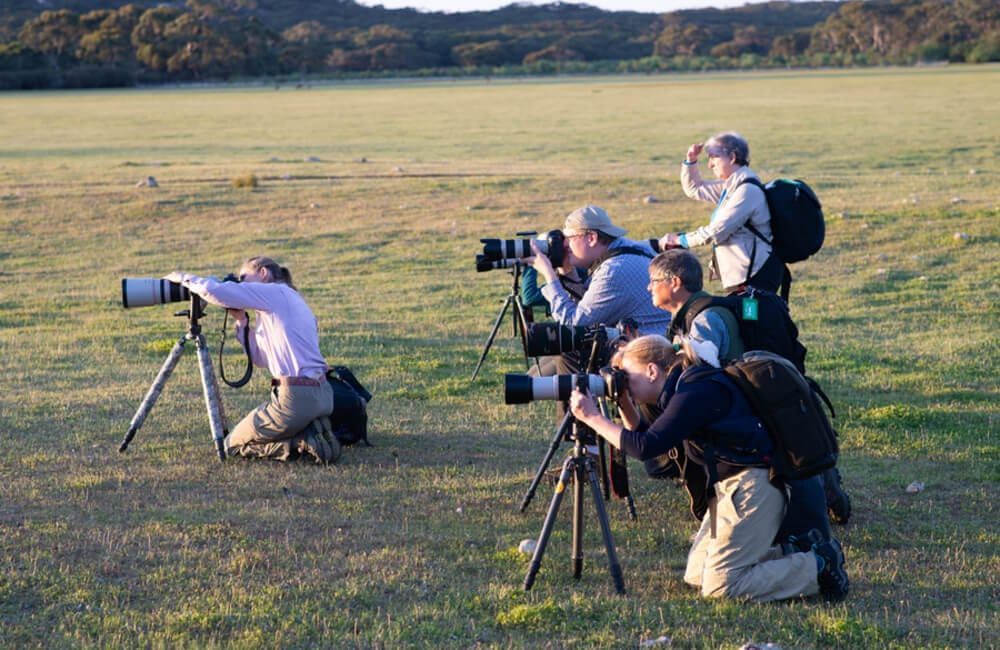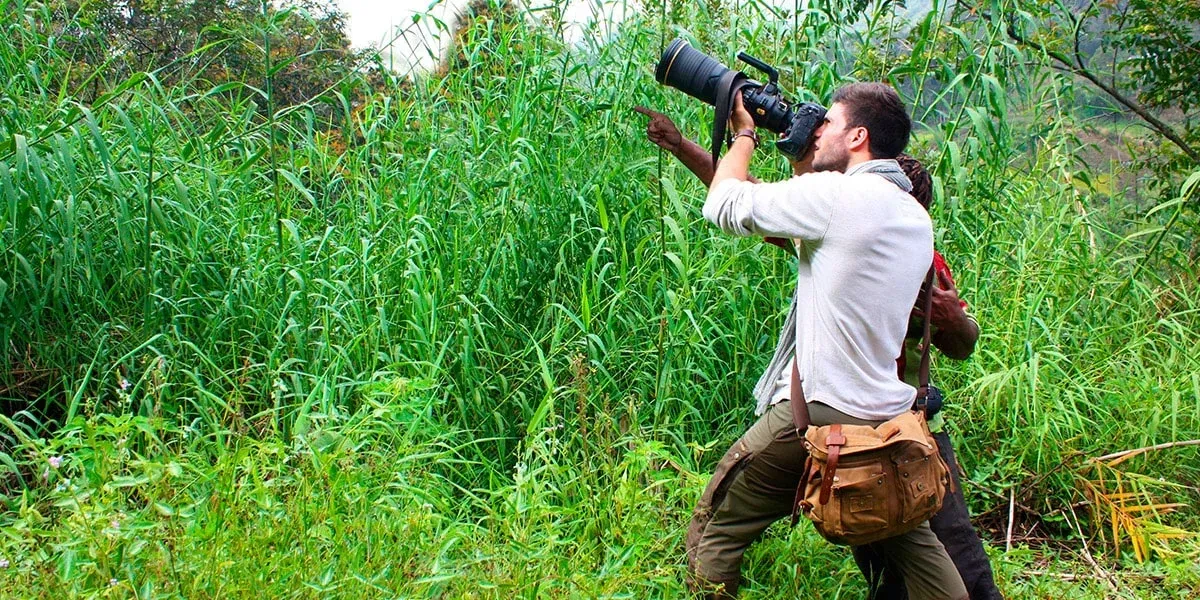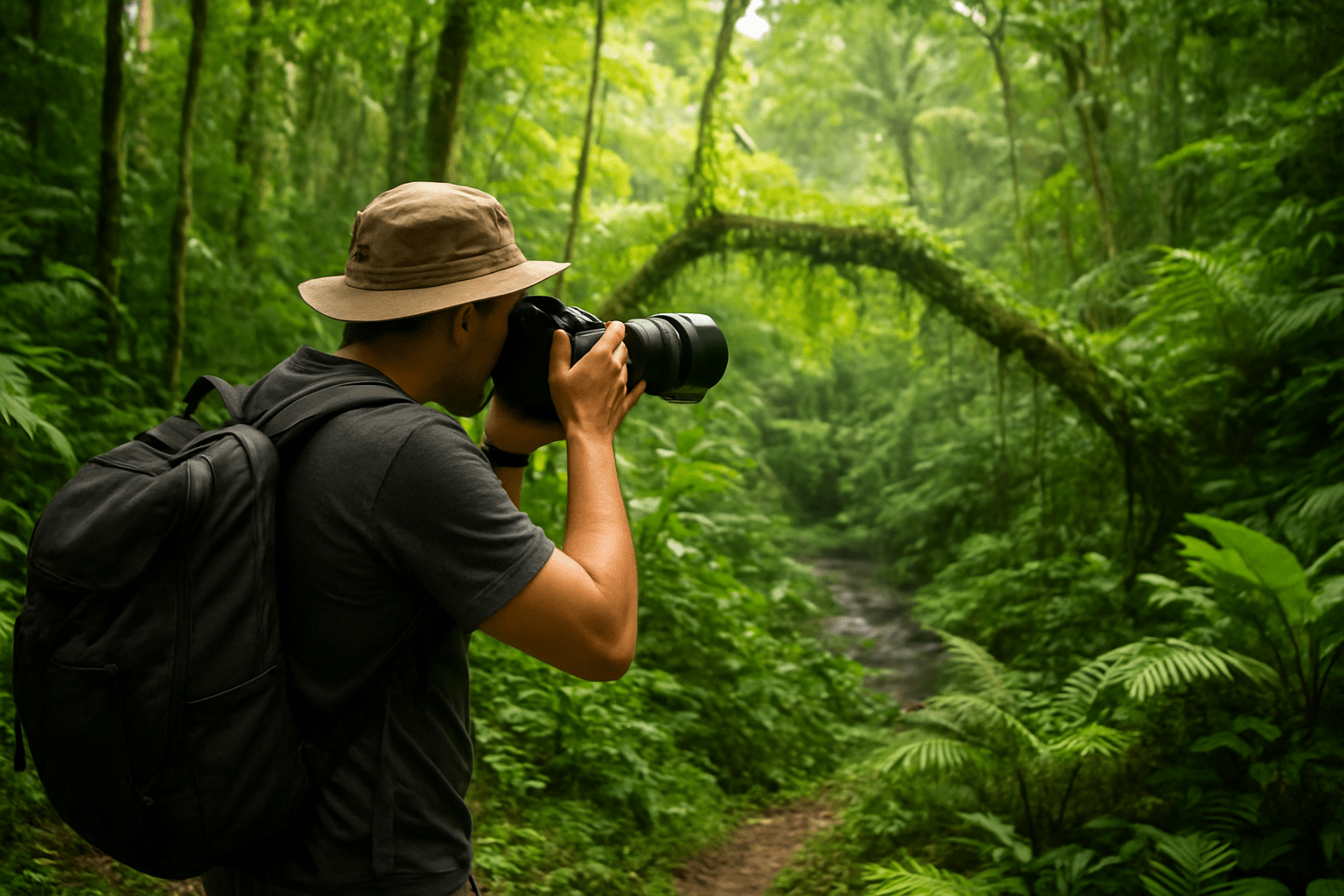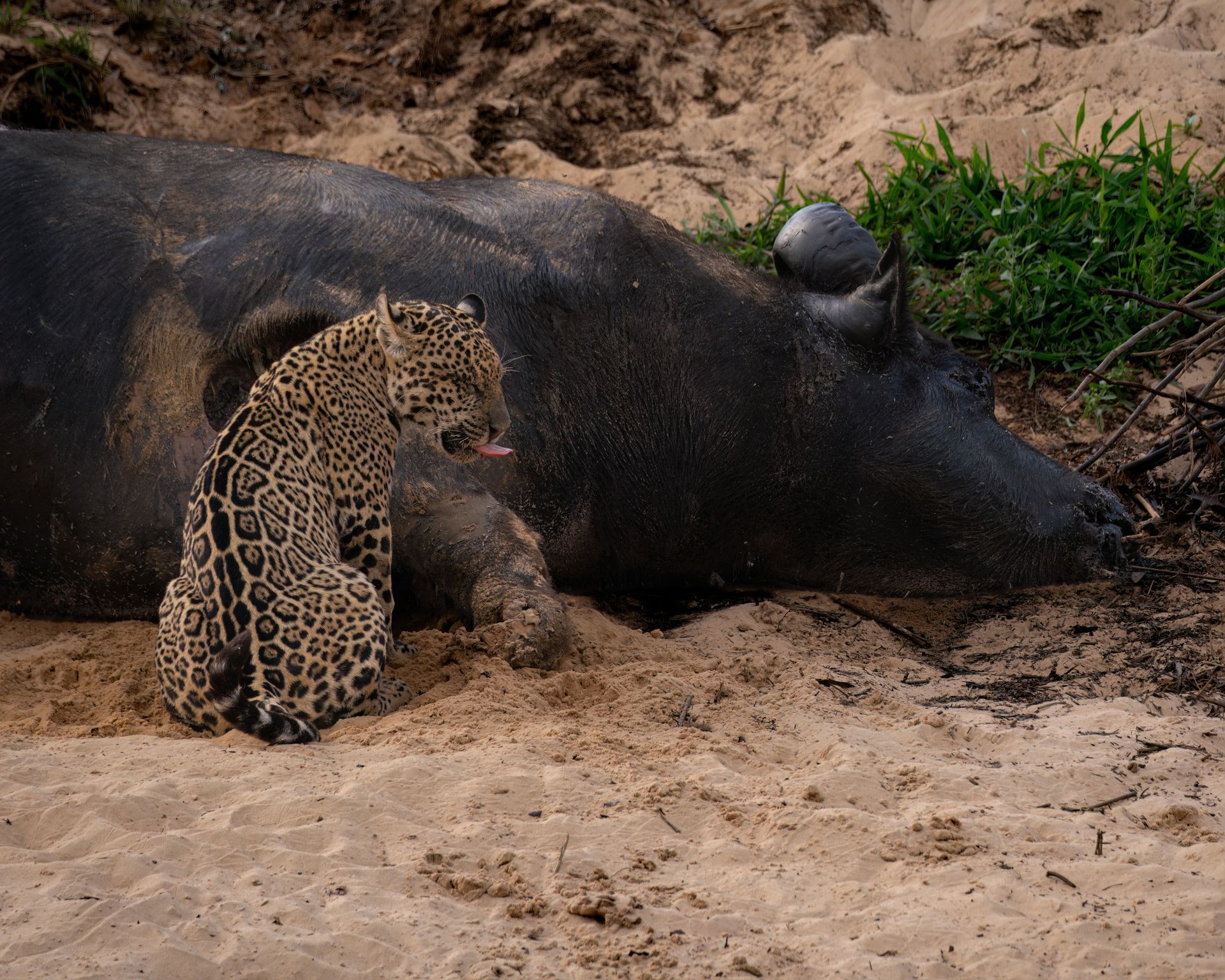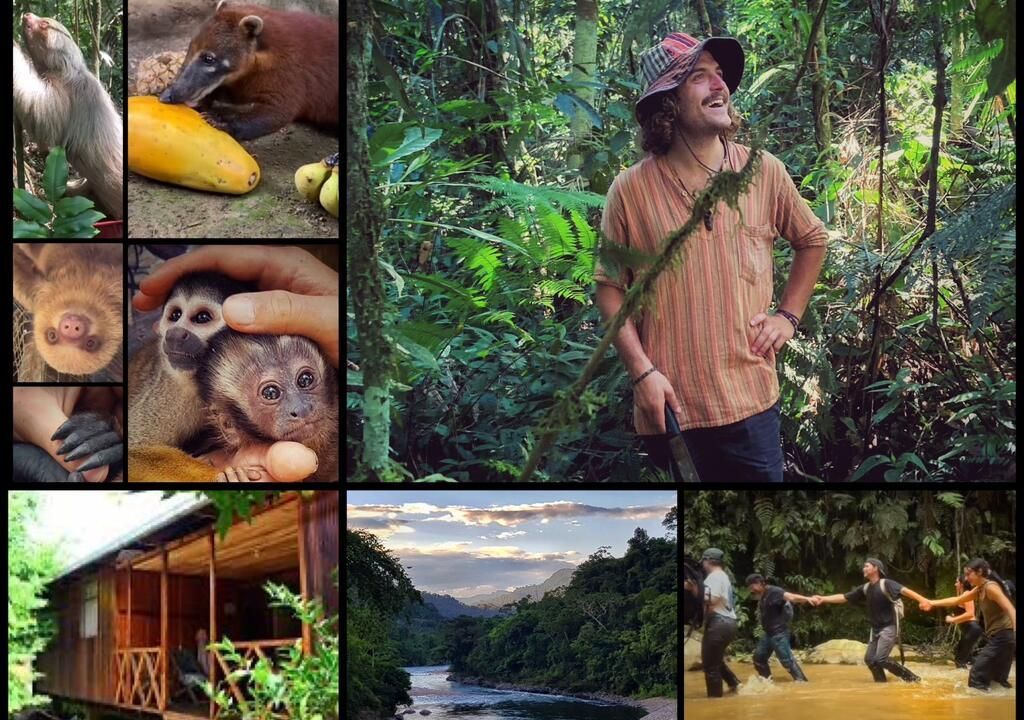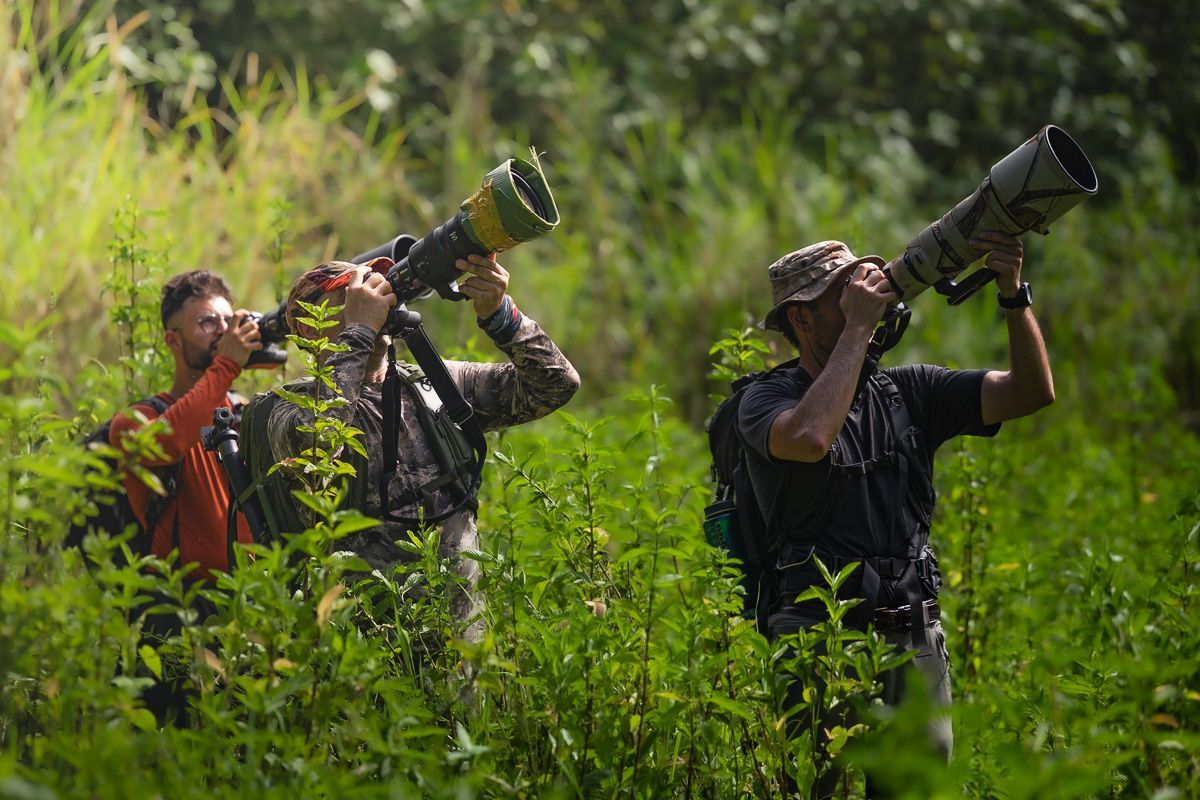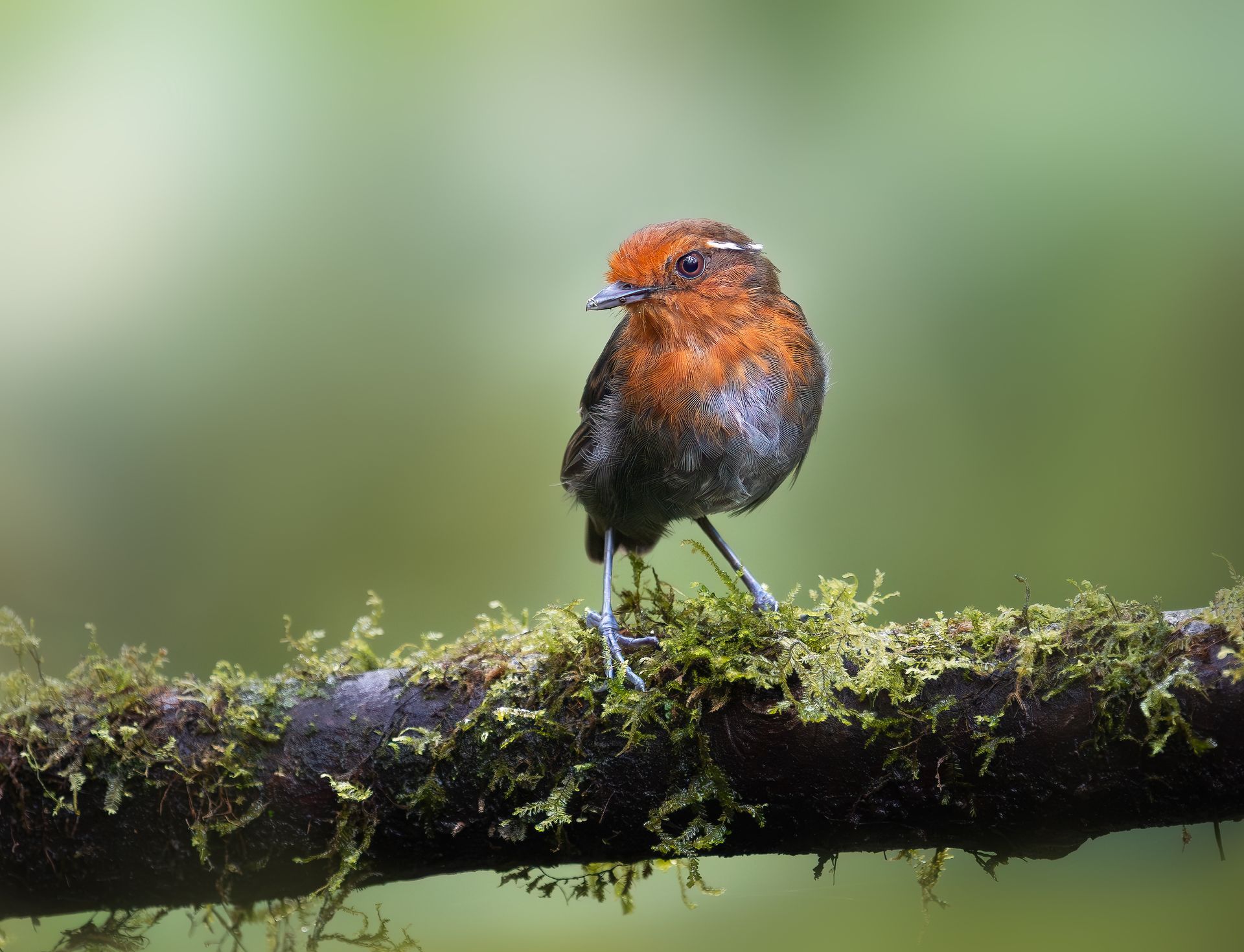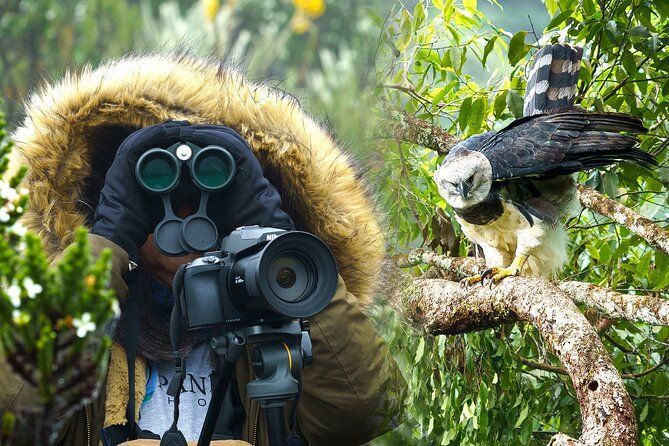Solo vs. Group Bird Photography Tours: Pros and Cons
Solo vs. Group Bird Photography Tours: Pros and Cons
Bird photography is a rewarding and immersive experience, especially in regions with rich avian biodiversity such as South America. When planning your adventure, one key decision is whether to embark on a solo tour or join a group tour. Each option has distinct advantages and challenges that can significantly impact your experience, photographic outcomes, and overall enjoyment. Understanding the pros and cons of both solo and group bird photography tours will help you choose the right format for your skills, goals, and personality.
At Retorno Photo Tours, we offer both solo and group tours tailored to photographers of all skill levels. Whether you prefer personalized instruction and independence or a collaborative learning environment, knowing what to expect will maximize your enjoyment and photographic success.
1. Flexibility and Schedule
Solo tours offer unparalleled flexibility. You can design your schedule, decide which habitats to visit, and spend as much or as little time at specific locations as you like. This freedom is particularly valuable for photographers who want to capture rare species at their own pace or experiment with techniques without pressure.
On group tours, schedules are predetermined. While guides plan excursions for optimal bird activity, you must follow the group’s itinerary. This may limit spontaneity, but it also ensures that you visit high-quality locations efficiently and have opportunities to see a wide variety of species.
2. Personalized Instruction vs. Shared Learning
Solo tours provide highly personalized instruction. Guides can focus entirely on your skill level, offering tailored advice on camera settings, composition, and techniques. You receive real-time feedback and can adjust your approach instantly. This focused guidance accelerates learning and often results in higher-quality photographs.
Group tours offer shared learning experiences. Observing other participants can provide new perspectives, tips, and techniques. Peer discussions and collaborative problem-solving often enhance your skills in ways that solo tours cannot. While individual attention is less than on a private tour, the collective knowledge and energy can be inspiring and educational.
3. Cost Considerations
Solo tours tend to be more expensive. Since guides dedicate their full attention to one participant, costs for accommodations, transportation, and guiding services are higher. However, the investment is justified for photographers seeking a highly personalized experience and flexibility in location choice.
Group tours are more cost-effective. Shared guiding, transport, and accommodations reduce per-person costs, making group tours accessible to a wider range of photographers. Budget-conscious travelers often find group tours to be a practical option without compromising the quality of the experience.
4. Independence vs. Social Interaction
Solo tours allow photographers to work independently. You can focus entirely on your creative vision, experiment with angles, and spend long periods observing specific species without interruption. For introverted travelers or those seeking introspection and focus, solo tours provide the ideal environment.
Group tours foster social interaction and networking. Sharing experiences with fellow photographers can lead to friendships, collaborative projects, and long-term connections. Group dynamics often motivate participants, create a supportive learning environment, and offer emotional encouragement during challenging field conditions.
5. Pace and Patience
Solo tours allow you to set your own pace. If a particular bird species is elusive, you can spend hours observing and photographing without feeling pressure from other participants. This freedom is beneficial for capturing complex behaviors, such as mating displays, feeding patterns, or flight sequences.
Group tours maintain a steady pace, which may require compromise. Guides balance the needs of all participants, often moving to ensure everyone sees multiple species. While this may limit prolonged observation of a single subject, it ensures a diverse set of photographic opportunities across habitats.
6. Access to Remote Locations
Solo tours may grant access to more remote or private locations. With personalized planning, guides can take you off the beaten path, increasing chances of photographing rare or hard-to-find species. This advantage comes with logistical challenges and higher costs, but the rewards can be exceptional.
Group tours usually focus on accessible, proven locations that offer reliable sightings. This ensures safety, efficiency, and the ability for all participants to reach key habitats. While some remote areas may be off-limits due to group logistics, the curated locations often provide excellent photographic opportunities with lower risk.
7. Equipment and Gear Management
On a solo tour, you manage your own equipment entirely, which allows you to experiment freely with different lenses, tripods, and camera settings. Guides can provide one-on-one advice and assist with equipment setup without distraction.
In group tours, equipment management is often coordinated by the guide to ensure efficiency. While this may slightly limit experimentation, it reduces errors and ensures participants make the most of shared opportunities, especially for complex setups such as long telephoto lenses and hides.
8. Learning Opportunities
Solo tours provide an intensive learning environment with direct, continuous feedback. Photographers can focus on specific skills they wish to develop, such as action shots, close-up plumage details, or creative compositions. This immersive experience accelerates skill development significantly.
Group tours offer diverse learning opportunities through observation of peers, informal discussions, and shared problem-solving. You can learn from multiple approaches and styles, gaining insights that may complement your own techniques and broaden your creative vision.
9. Safety and Support
Solo tours may pose additional safety concerns, particularly in remote or challenging environments. Participants must rely on guides and personal preparedness for navigation, emergency situations, and environmental hazards. Strong communication with guides and comprehensive planning mitigate these risks.
Group tours provide built-in safety and support. Participants can assist one another in the field, and guides monitor the group collectively. In emergencies, there are more people to offer help, reducing individual risk and increasing overall confidence.
10. Ethical Considerations
Both solo and group tours require adherence to ethical wildlife photography practices. Solo tours allow for careful, patient observation without disturbing birds, but participants must maintain responsibility without external oversight.
Group tours emphasize collective ethical standards. Guides ensure all participants follow rules regarding distance, blinds, and habitat protection, creating a safe and ethical environment for wildlife photography.
11. Emotional Experience
Solo tours offer a deeply personal and introspective experience. Photographers can connect with nature at their own pace, fostering mindfulness and immersion in the environment. This solitary focus often enhances creativity and observational skills.
Group tours provide emotional support and camaraderie. Sharing discoveries, witnessing bird behaviors together, and celebrating photographic successes creates a sense of community and joy that enhances the overall experience.
12. Planning and Logistics
Solo tours require detailed planning for transport, accommodations, meals, and locations. This allows complete customization but demands time, research, and confidence in decision-making.
Group tours streamline logistics. Guides coordinate all aspects, from transport to meals to timing, allowing participants to focus entirely on photography. This convenience is a major advantage for first-time travelers or those unfamiliar with the region.
13. Cost vs. Value
Solo tours are higher in cost but offer maximum value in terms of flexibility, personalized instruction, and creative freedom. Group tours are cost-effective, providing value through shared experiences, guided expertise, and well-planned itineraries.
14. Post-Tour Opportunities
Solo tour participants may receive individualized post-tour feedback and editing guidance. This personalized follow-up enhances skill development and helps refine techniques for future tours.
Group tours often provide collective post-tour workshops or online discussions. Participants can learn from both guides and peers, gaining multiple perspectives on editing, composition, and field techniques.
15. Who Should Choose Solo vs. Group Tours?
Consider solo tours if you:
- Desire complete flexibility and control over your itinerary.
- Seek personalized instruction and rapid skill development.
- Have specialized goals or target rare species.
- Are confident navigating remote locations with a guide.
Consider group tours if you:
- Enjoy social interaction and collaborative learning.
- Want cost-effective access to high-quality locations.
- Prefer a guided schedule and pre-planned logistics.
- Value shared safety and support during fieldwork.
16. Conclusion
Choosing between a solo and a group bird photography tour ultimately depends on your goals, experience level, budget, and personality. Solo tours provide independence, personalized guidance, and flexible schedules, ideal for photographers seeking creative freedom. Group tours offer social interaction, shared learning, and logistical support, perfect for those who value community and structured itineraries.
Both options provide exceptional opportunities to experience South America’s remarkable birdlife. By evaluating your priorities and understanding the pros and cons of each format, you can select the tour that aligns perfectly with your needs. Whichever path you choose, the result will be unforgettable photographic experiences, lasting memories, and a deeper connection to the incredible avian diversity of the region.



